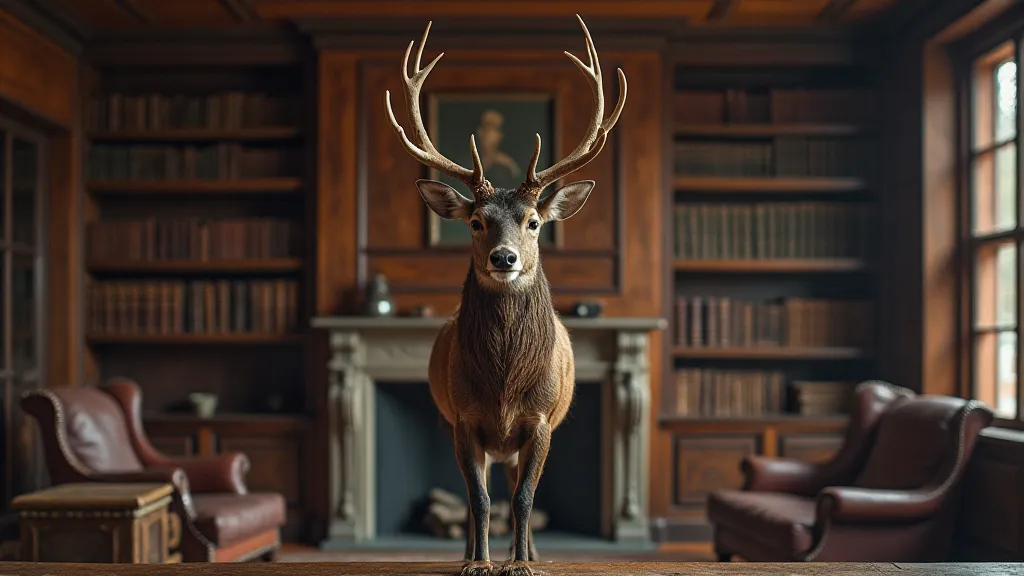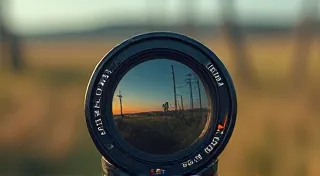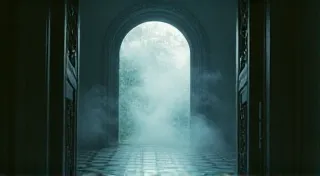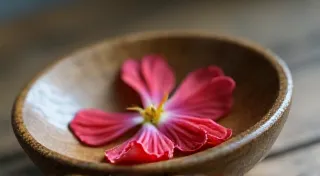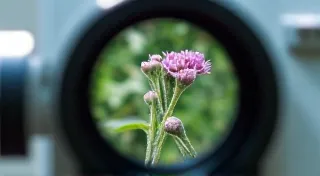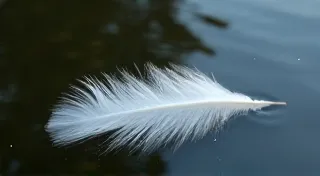Dust and Dichotomies: Examining the Blurring Lines Between Art and Science in Taxidermy
The scent of old wood, mothballs, and something indefinably…wild. That’s the first thing that hits you when you step into a room filled with antique taxidermy. It's a smell that speaks of long-ago expeditions, of vanished landscapes, and of the meticulous, often obsessive, work of individuals striving to capture a fleeting moment in natural history. I remember, as a child, being utterly captivated by a dusty display case in my grandfather’s study. A magnificent red fox, frozen mid-leap, stared out with an unsettling intelligence. It wasn't simply a dead animal; it was a narrative, a sculpture, a tangible connection to a world beyond my own suburban existence. That early fascination sparked a lifelong appreciation for the unique and often overlooked art of antique taxidermy.
But what *is* taxidermy, particularly when we speak of the antique specimens that grace collections and museums today? It's more than just stuffing an animal. It's a complex interplay of scientific observation, artistic skill, and a profound respect for the natural world. The very word itself – derived from the Greek "taxis" (arrangement) and "derma" (skin) – hints at the methodical precision required. Yet, it's in the blurring of those scientific and artistic boundaries that the true beauty and significance of antique taxidermy resides.
The Early Days: Science Guides the Hand
The history of taxidermy is intrinsically linked to the burgeoning scientific inquiry of the 18th and 19th centuries. Early attempts at preserving animals were, frankly, crude. The initial methods often involved simply salting the skin and stretching it over a padded form, resulting in stiff, unnatural-looking results. Think of the "stuffed" animals of the Victorian era – often grotesque caricatures rather than faithful representations. These were, however, driven by necessity. Naturalists and explorers, documenting the diversity of the planet, needed a way to bring their discoveries back home for study and display.
The breakthrough came with the development of more sophisticated preservation techniques. John James Audubon, famous for his breathtaking bird illustrations, was also a skilled taxidermist, pioneering methods to recreate natural poses. He wasn’t just preserving birds; he was immortalizing them in dynamic, almost theatrical displays. His work exemplified the shift from purely scientific preservation to something more akin to artistic recreation. The establishment of museums and zoological societies further fueled the demand for high-quality animal mounts. These institutions weren't just places of study; they were becoming showcases for the wonders of the natural world, and the quality of the mounts directly reflected the prestige of the institution.
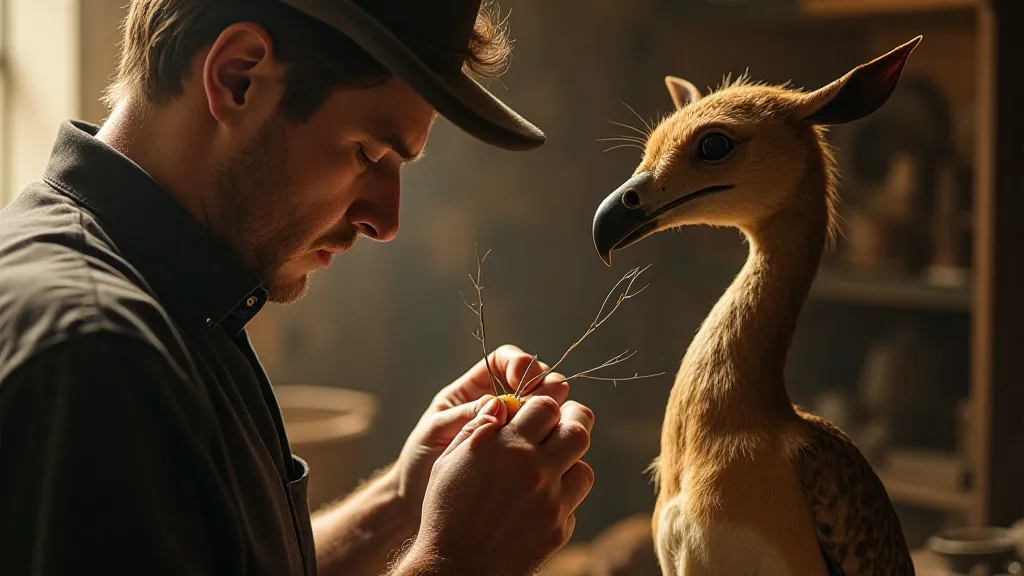
The Golden Age: Craftsmanship and Artistic License
The mid-to-late 19th century is widely considered the “Golden Age” of taxidermy. This period saw the rise of truly gifted artisans who elevated the craft to an unprecedented level of skill and artistry. They weren't merely replicating animals; they were interpreting them, injecting personality and drama into their mounts. Think of Carl Ethan Akeley, whose lifelike dioramas for the American Museum of Natural History revolutionized museum displays. Akeley's mastery lay not just in anatomical accuracy, but in his ability to capture the essence of an animal's behaviour - the posture of a pride of lions, the wary gaze of a moose.
The techniques employed during this era were painstakingly laborious. The skin would be carefully tanned, meticulously sewn back together, and then painstakingly molded around a custom-carved wooden armature. Glass eyes, often hand-painted, were chosen to accurately reflect the animal’s expression. The hair or fur was painstakingly replaced, strand by strand. A truly exceptional mount could take weeks, even months, to complete. It was a labour of love, a testament to the taxidermist's dedication and skill. The best specimens displayed not only anatomical accuracy but also a surprising degree of artistic license. A slight tilt of the head, a subtle curve of the tail – these details brought the mount to life. The way light caught the carefully positioned eyes, the subtle suggestion of movement – it was artistry in its purest form. It's fascinating to consider how these artisans wrestled with the ethical and philosophical implications of their work, blurring the lines between scientific preservation and artistic representation. For some, it was a means of eternalizing a creature, a chance to share its majesty with future generations. For others, it was a delicate balance between respecting the animal's dignity and transforming it into a work of art.
Understanding the cultural impact of this period requires examining how these mounts were perceived and utilized. Often, they served as symbols of wealth and status, displayed prominently in homes and studies as testaments to the owner's travels and appreciation for the natural world. The narrative power of antique taxidermy, its ability to evoke a sense of wonder and connect us to a distant past, is undeniable. Examining these pieces through a modern lens allows us to appreciate not only the skill of the taxidermist but also the cultural context in which they were created. It’s a journey into a world where science and art intertwined, creating objects that continue to captivate and inspire.
Identifying Antique Taxidermy Specimens: Clues and Characteristics
So, how can you identify an antique taxidermy specimen? There are several key characteristics to look for. First, consider the age. Mounts from the early to mid-19th century will often exhibit a more rigid, somewhat unnatural appearance, reflecting the less sophisticated techniques of the time. Later mounts, particularly those from the Golden Age, will generally display a higher level of realism and artistry. The differences in technique can be quite striking, demonstrating the constant evolution of the craft. Examining a collection of mounts from various periods can reveal a fascinating timeline of innovation and refinement.
Examine the eyes. The quality and style of the eyes are often a good indicator of age. Early mounts may have simple, painted eyes, while later mounts will feature more realistic, hand-painted glass eyes. Look for signs of wear and tear on the eyes – this can be a testament to the mount’s age and history. The armature (the internal wooden frame) is another clue. Older armatures are often constructed from oak or other hardwoods, while later mounts may use softer woods. Also, inspect the stitching. Early stitching might be coarse and irregular, while later mounts will demonstrate finer, more precise work. The meticulous attention to detail that characterized the Golden Age is evident in every aspect of these specimens, from the placement of the whiskers to the subtle shading of the fur.
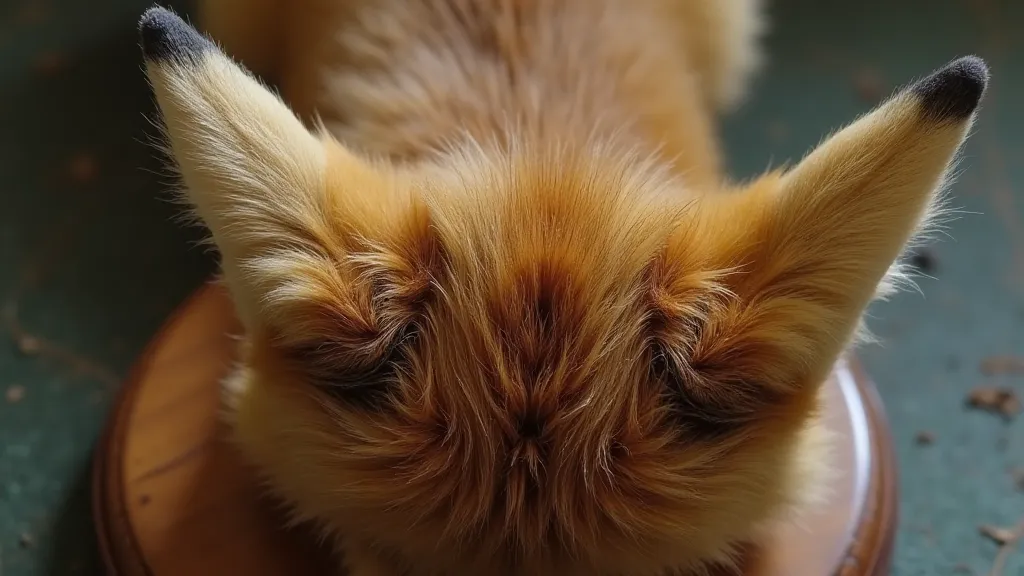
Restoration and Collecting: A Respectful Approach
Collecting antique taxidermy can be a rewarding experience, but it's crucial to approach it with a deep respect for the specimens and their history. These are not just decorative objects; they are tangible links to the past, testaments to the ingenuity and artistry of generations gone by. It's important to understand that these pieces represent not only a snapshot of natural history but also a reflection of the values and aesthetics of their time. Preserving them responsibly requires a commitment to ethical practices and a genuine appreciation for their cultural significance. The journey of understanding the story behind each piece—the expeditions undertaken, the naturalists involved, the families who cherished them—adds a layer of depth and meaning to the collecting experience.
Restoration should be undertaken with caution and a deep understanding of historical techniques. Modern conservation practices often emphasize minimal intervention, preserving the original materials and construction methods as much as possible. Aggressive cleaning or the replacement of original components should be avoided. The goal is to stabilize the mount, preventing further deterioration, while preserving its historical integrity. Many collectors are increasingly interested in documenting the provenance of their pieces, tracing their history back to their original owners or collections. This detailed research can shed light on the stories these mounts have to tell, connecting them to larger historical narratives. Sometimes, a mount’s provenance can be as captivating as its physical appearance.
The best way to appreciate antique taxidermy is to view it within its historical context. Understanding the scientific and artistic forces that shaped the craft allows us to truly appreciate the skill and dedication of the taxidermists who created these remarkable specimens. They were, in essence, artists and scientists, bridging the gap between the natural world and our human desire to understand and immortalize it. Further insights into how these early naturalists approached their work can be found by considering, the whispers of the wild, and the regional variations that shaped their techniques.
Beyond the technical aspects of taxidermy, there's also a rich vein of philosophical inquiry surrounding the relationship between humans and nature. The act of preserving an animal, of attempting to capture its essence in a static form, raises questions about our role in the natural world and our responsibility to protect its biodiversity. Mirrors of memory, captured within these antique mounts, offer a unique perspective on the changing landscape of human understanding and our evolving connection to the animal kingdom. It's a journey of discovery that spans centuries and continents, revealing the intricate tapestry of human history and the enduring power of the natural world. Moreover, it’s important to contemplate, beyond the glass eyes, and consider the animal's perspective in the process.
The art of antique taxidermy is more than just a craft; it's a window into the past, a celebration of the natural world, and a testament to the enduring human desire to understand and immortalize the beauty that surrounds us. The challenges involved in their preservation, the alchemist's repose, highlighting the delicate balance between conservation and historical accuracy, demonstrate the profound respect required to maintain these incredible artifacts.
